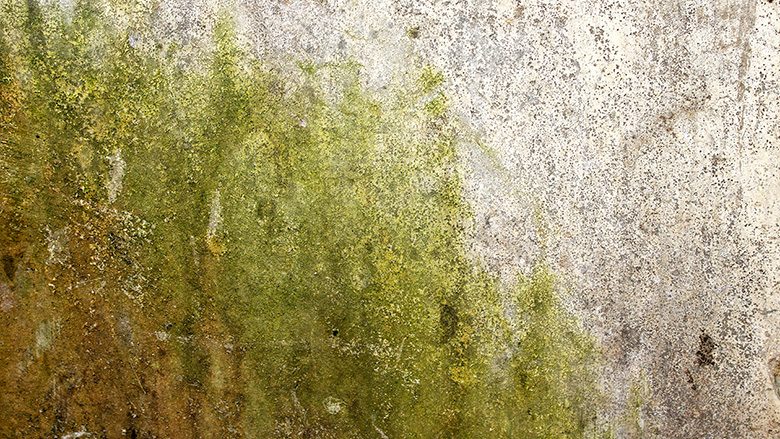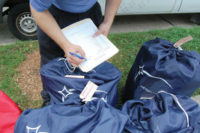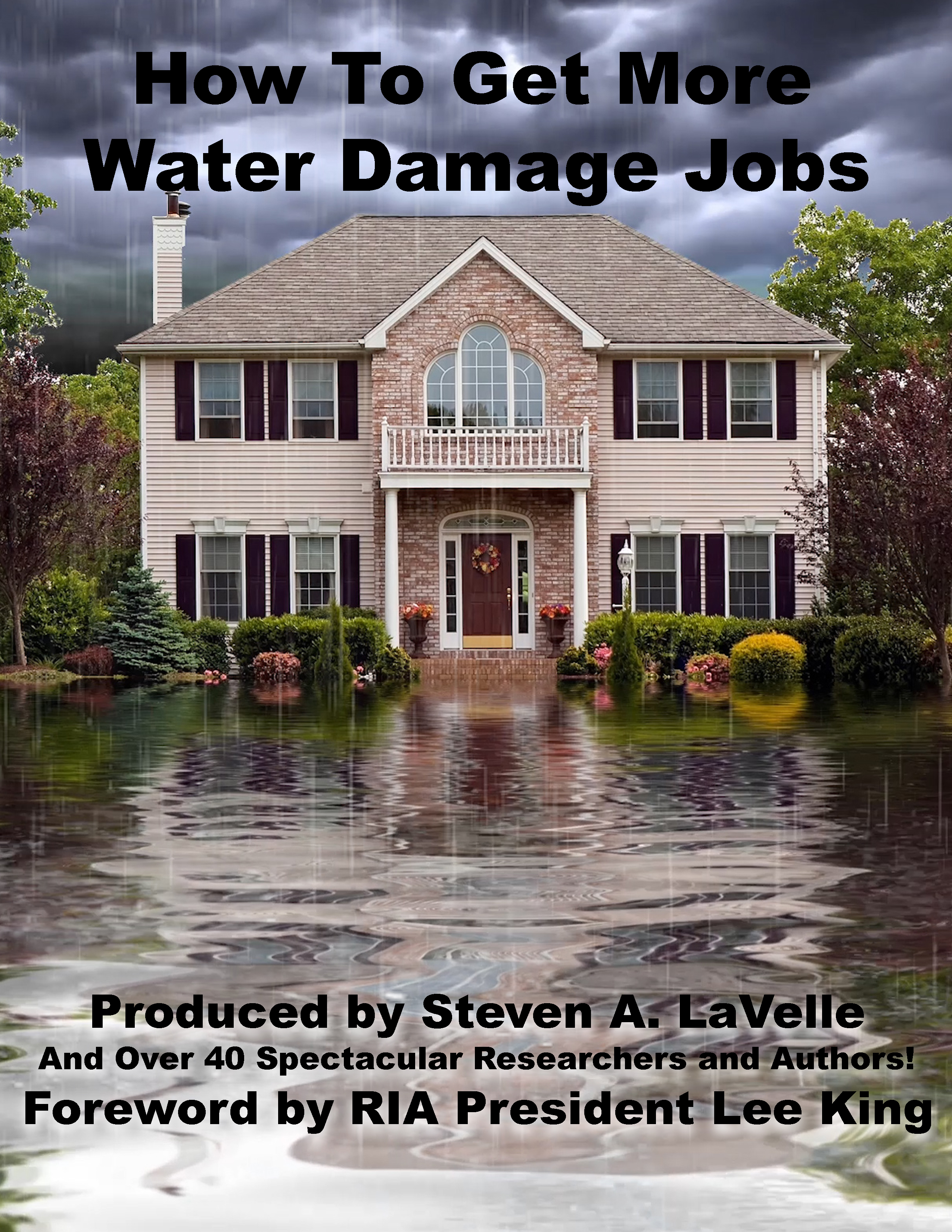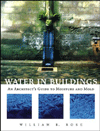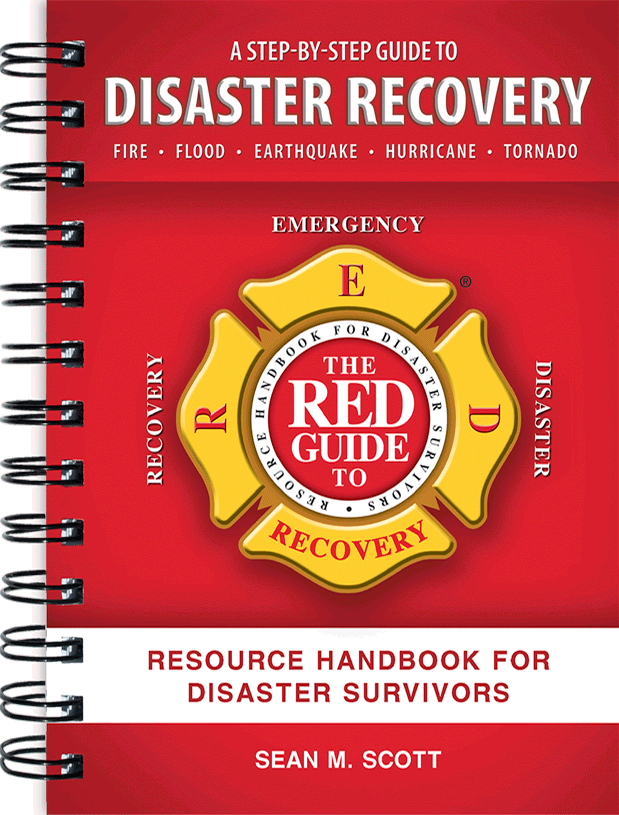How to Handle Personal Belongings after Water Damage: A Guide for Restoration Contractors
A Guide for Restoration Contractors

Photo credit: bsd studio / iStock / Getty Images
When water damage strikes a home, it’s not just the structure that’s affected—personal belongings often bear the brunt too. As a restoration contractor, you’re not only tasked with fixing the damaged structure but also with handling these personal items with care. Here are some tips to help you navigate this sensitive aspect of your job.
Start With a Thorough Assessment and Create a Scope of Work
Begin by carefully inspecting the damaged areas. Document everything with photos, videos, and notes. There is a great program I like to use called Encircle. It is super user-friendly and very powerful. This will be crucial for the insurance claim and keeping track of what needs attention and triage right away to prevent further damage. This is especially important when dealing with water versus fire damage. And remember you always want to inventory all items and organize them by the room in your inventory software before you pack and move them out.
During this time, it is critical that you note any damages you find before the items are moved to protect yourself from liability. This could be very difficult as some items may be extremely damaged upon your arrival by the water loss itself. This is where a conversation with your client will help you set your clients expectations for success of restorability right from the beginning.
There may be some situations that warrant not removing the items from the structure, just removing them from the affected area. However it is still very important to photograph and inventory all items before packing them and moving them. This will protect you and your company from liability for either damages that may have been done in the water damage or prior damages to any items that were there before the loss.
Communicate Expectations Clearly with Your Client
This is a very potentially stressful time for your client, so communicating with them and being transparent about what condition their personal belongings are in is one of the most important steps in your client onboarding process.
Sit down with them and explain the process. Remember, this is the first time they have gone through something like this potentially and life just flipped upside-down for them. Let them know what to expect and how their belongings will be handled. Clear communication builds trust. Find out if the client has specific concerns or preferences, and give them all the time they need to ask questions to make sure they understand what is happening with their items.
Taking the time right at the beginning of the job to educate them will set the job up for success and eliminate a lot of stress for your client, which translates to a lot less stress for you.
Pack and Move Contents Out of Affected Areas
Gear up. Make sure your team is wearing the right personal protective gear, especially if dealing with contaminated water. Respirators, gloves, tyvek suit, safety glasses and rubber boots are all PPE that you may need. Safety first!
Use the right materials for packing. Use sturdy boxes, bubble wrap, and packing paper along with a system for labeling your boxes. You may need to pack some items in plastic bins depending on their condition and if they are soaking wet.
Move items to a safe, dry location on either the jobsite or offsite. Ensure that the storage area is climate-controlled to prevent any further damage. You may even need to freeze some items like books or papers. One of the big concerns with water damage is mold, so the current weather conditions can have a big impact on your scope of work.
If you have wet textiles, you will need to handle those right away on your triage list to prevent color bleeding. Extracting water from them may be necessary before moving, and be sure to put a piece of plastic down on top of the rug then roll it up to move so you don’t have color bleed.
Once items are packed up, you need to separate the dry packed items from the wet handle ASAP items and prioritize those for processing first.
Clean and Restore Items
Non-porous items like glass, plastic, and metal can usually be cleaned and disinfected without much trouble. Make sure they are completely dry to avoid rust or mold. Porous items such as textiles, paper, and wood need special care. Decide if they can be dried and restored or if they need replacing and to be logged non-restorable.
Use equipment like dehumidifiers and air movers, and consider freeze-drying for books and paper items. For electronics, it’s best to call in specialists unless you have the right equipment. Don’t turn on any wet electronics to avoid short-circuiting. Oftentimes adjusters will just want you to log non-restorable these items if they have been sitting in water for safety reasons.
In some cases there may be items that are unaffected by the water and we only have to pack them so they can be moved out of the affected areas. Be very careful to inspect these unaffected items to make sure they are not damp from just being in the affected areas and decide whether they need to be dried out due to being in a humid environment too long.
Disposing of Non-Restorable Items
Evaluate which items are beyond saving. Document in your inventory software and explain this to your homeowner for their insurance claim. Offer to handle disposing of these items to take the load off the homeowner.
Once the non-restorable items have been determined and you have authorization from your homeowner to dispose of them, remove them right away. Be sure you have a system in place to cover your legal responsibility and this can vary state to state or country.
Pack Back or Reset
Before returning items, ensure the home is completely dried, cleaned, and restored to prevent re-contamination. Carefully return items to their original or new designated spots. Ensure larger items like furniture are placed securely. Do a final walkthrough with the homeowner to make sure they’re happy with the restoration and handling of their belongings. Address any concerns right away.
Keep your team updated with the latest techniques and best practices for handling contents and restoring them. Continuous learning ensures you provide the best service.
Handling personal belongings during a water damage restoration isn’t just about being careful—it’s about showing empathy and professionalism. By following these steps, you can ensure that homeowners feel their possessions are safe, giving them peace of mind during a tough time. Your commitment to excellence doesn’t just restore homes; it helps rebuild lives.
Looking for a reprint of this article?
From high-res PDFs to custom plaques, order your copy today!



